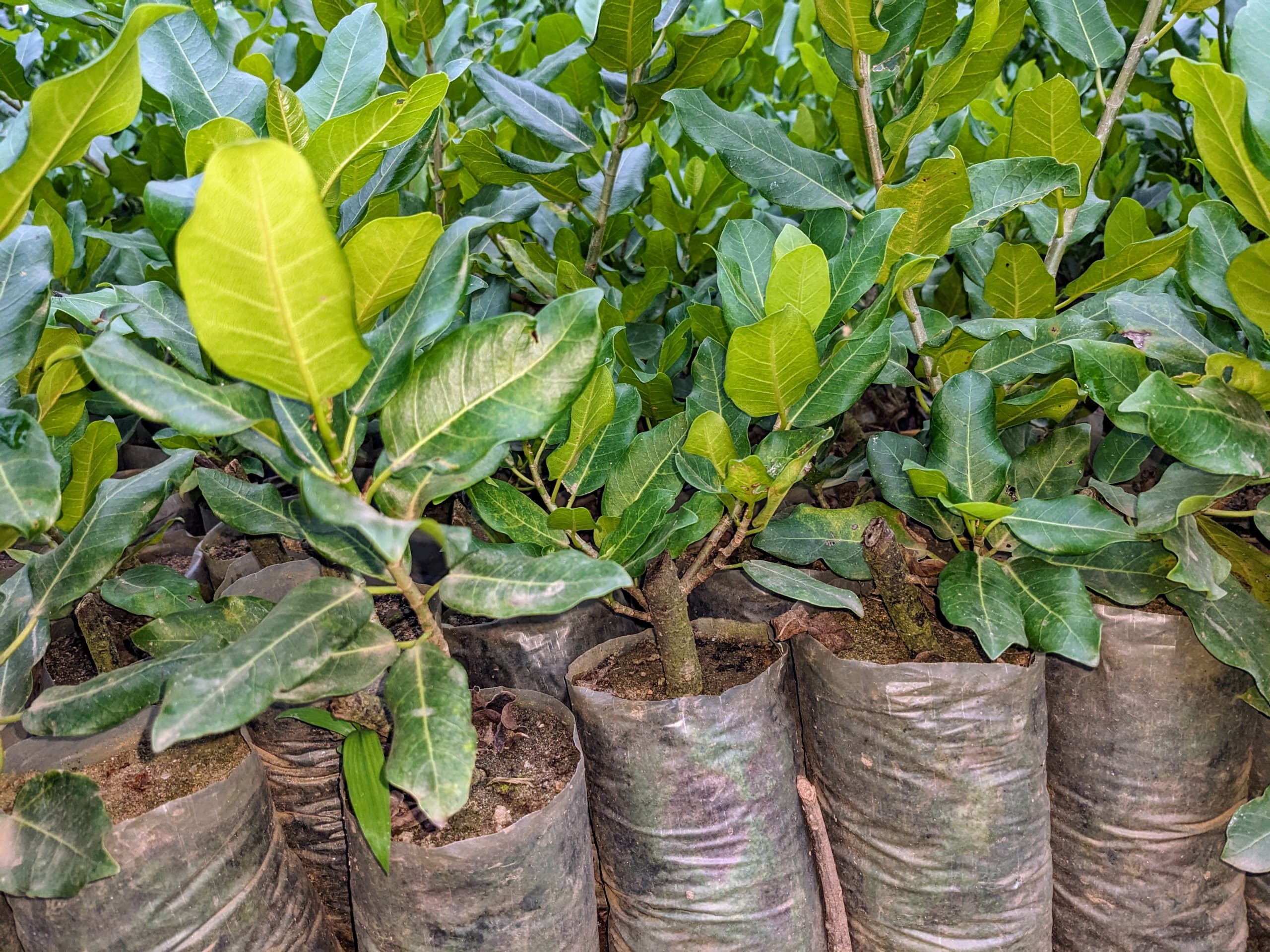Urban Farming as A Home-Grown Solution
Read more
+(250) 791 728 026

Restoring
Mukungwa River Buffer Zone
Since 2021, Wildlife Conservation Initiative (WCI) has led an impactful restoration project along the Mukungwa River buffer zone in Musanze District, Rwanda. With strong community collaboration, this initiative is revitalizing 51 hectares of degraded land by strategically planting indigenous trees. The project’s goals are to enhance biodiversity, stabilize soils, and prevent soil erosion and landslides, all while fostering sustainable community development.
Selection
of Indigenous Tree Species
Following a comprehensive survey and consultations with local communities, WCI
selected four key indigenous tree species: Ficus thonningii, Erythrina
abyssinica, Markhamia lutea, and Polyscias fulva for
Mukungwa River buffer zone restoration. These species were chosen for their
resilience to local conditions and their potential to support and enhance
biodiversity in the area.
Community
Awareness and Engagement
WCI engaged local communities of Musanze district, Rwanda through sport for
conservation, youth and women’s clubs and hosted community meetings (Inteko
z’abaturage) around the Mukungwa River. These gatherings raised awareness
of the ecological, social, and economic value of indigenous trees, inspiring
sustainable practices among local residents.
Species
Growth and Performance
Erythrina abyssinica demonstrated rapid growth, creating a healthy canopy cover that proved essential for controlling soil erosion along the Mukungwa River. Markhamia lutea adapted well to the hilly terrain, stabilizing erosion prone slopes and offering added protection to these vulnerable areas. While Ficus thonningii and Polyscias fulva grew more slowly, their long-term contributions to biodiversity and habitat restoration hold significant promise, supporting a healthier, more resilient ecosystem.
Challenges
-
Low Nursery Survival Rates: Indigenous seedlings experienced
a low survival rate, requiring multiple replanting efforts.
-
Growth Variability: Slower-growing species need more time
to impact erosion control effectively.
- Topographical Limitations: Diverse growth rates across different terrain emphasized the need for strategic planting based on topography.
Environmental
Impact and Achievements
Over the last three years, WCI has successfully planted 112,400 indigenous and agroforestry trees across the Mukungwa River buffer zone and surrounding community farms. Rapidly growing species like Erythrina abyssinica have stabilized soils, reduced erosion, and provided shade, fostering a healthier ecosystem for flora and fauna.
Community
Involvement and Behavioral Shifts
Local residents have actively participated in awareness campaigns, agroforestry trees planting and activities promoting conservation, soil management, and sustainable land practices. These efforts have sparked a shift toward more sustainable behavior around riverbanks, cultivating a conservation-focused mindset among farmers.
Future
Directions and Strategy for Expansion
Restoring
the Mukungwa River buffer zone is creating a strong base for wildlife habitats
and lasting biodiversity. Moving forward, WCI will:
-Continue
monitoring the long-term impacts from restoration effort made on soil
stabilization, habitat restoration and local community impact.
-Expand
indigenous tree planting to other erosion-prone river buffer zones, promoting
broader ecosystem recovery.
The success of Erythrina abyssinica and adaptability of Markhamia lutea underscore the importance of tailored species selection. With this targeted approach, WCI aims to establish a sustainable model for reforestation and conservation in Rwanda’s valuable buffer zones.
Through ongoing community engagement via WCI’s sports-for-conservation initiatives, local community projects, job creation, and skills development, WCI is empowering local communities of Rugera and Shyira Sectors to steward the Mukungwa River ecosystem for future generations. Wildlife Conservation Initiative’s work along the Mukungwa River is setting a benchmark for sustainable reforestation and community-based conservation in Rwanda.